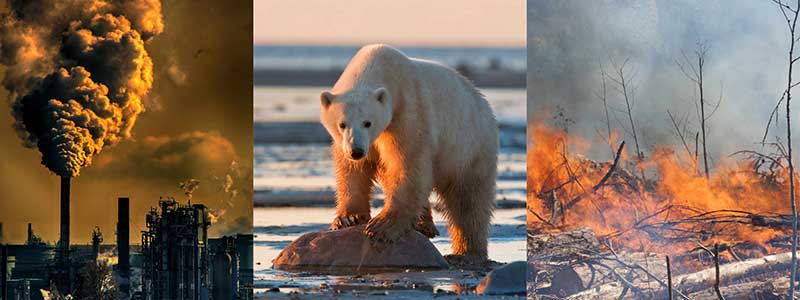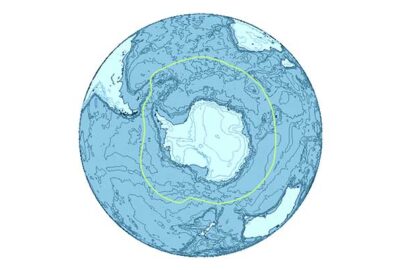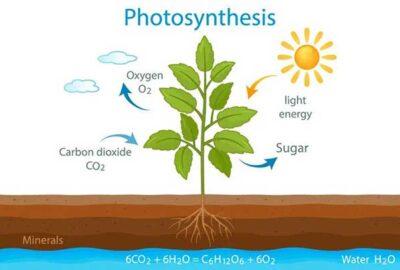Global warming, caused primarily by human activities that release greenhouse gases such as carbon dioxide, methane, and nitrous oxide into the atmosphere, has numerous negative impacts on human body. These impacts can be direct or indirect, and they can affect physical, mental, and social well-being. In this answer, we will explore the ways in which global warming impacts human health and discuss potential strategies for mitigating these effects.
One of the most direct impacts of global warming on human health is heat-related illness. As temperatures rise, especially in urban areas where the heat island effect exacerbates the problem, people are at increased risk of dehydration, heat exhaustion, and heat stroke. These conditions can be life-threatening, particularly for vulnerable populations such as the elderly, young children, and those with chronic medical conditions. In addition to heat-related illnesses, higher temperatures can worsen air quality, leading to respiratory problems like asthma and chronic obstructive pulmonary disease (COPD).
Global warming can also indirectly impact human health through its effects on the environment. For example, as temperatures rise, the range of disease-carrying insects like mosquitoes and ticks expands, increasing the risk of vector-borne diseases like malaria, dengue fever, and Lyme disease. Changes in precipitation patterns can also lead to flooding, which can cause waterborne illnesses like cholera and dysentery. Additionally, extreme weather events like hurricanes, floods, and wildfires can cause physical injuries and mental health problems like anxiety and post-traumatic stress disorder (PTSD).
So, what can we do to mitigate the negative health impacts of global warming? There are several strategies that can be employed at individual, community, and governmental levels. At the individual level, people can take steps to reduce their carbon footprint by using public transportation, conserving energy, and reducing waste. Communities can implement heat warning systems, green infrastructure, and emergency response plans to mitigate the impacts of extreme weather events. Governments can enact policies that promote clean energy, reduce greenhouse gas emissions, and prioritize vulnerable populations in disaster preparedness and response efforts.
In conclusion, global warming has numerous negative impacts on human health, including heat-related illness, worsening air quality, and increased risk of vector-borne diseases and waterborne illnesses. Mitigating these effects will require action at multiple levels, including individual behavior change, community-level interventions, and government policies that prioritize public health and environmental sustainability. By working together to address the challenges posed by global warming, we can protect the health and well-being of current and future generations.



